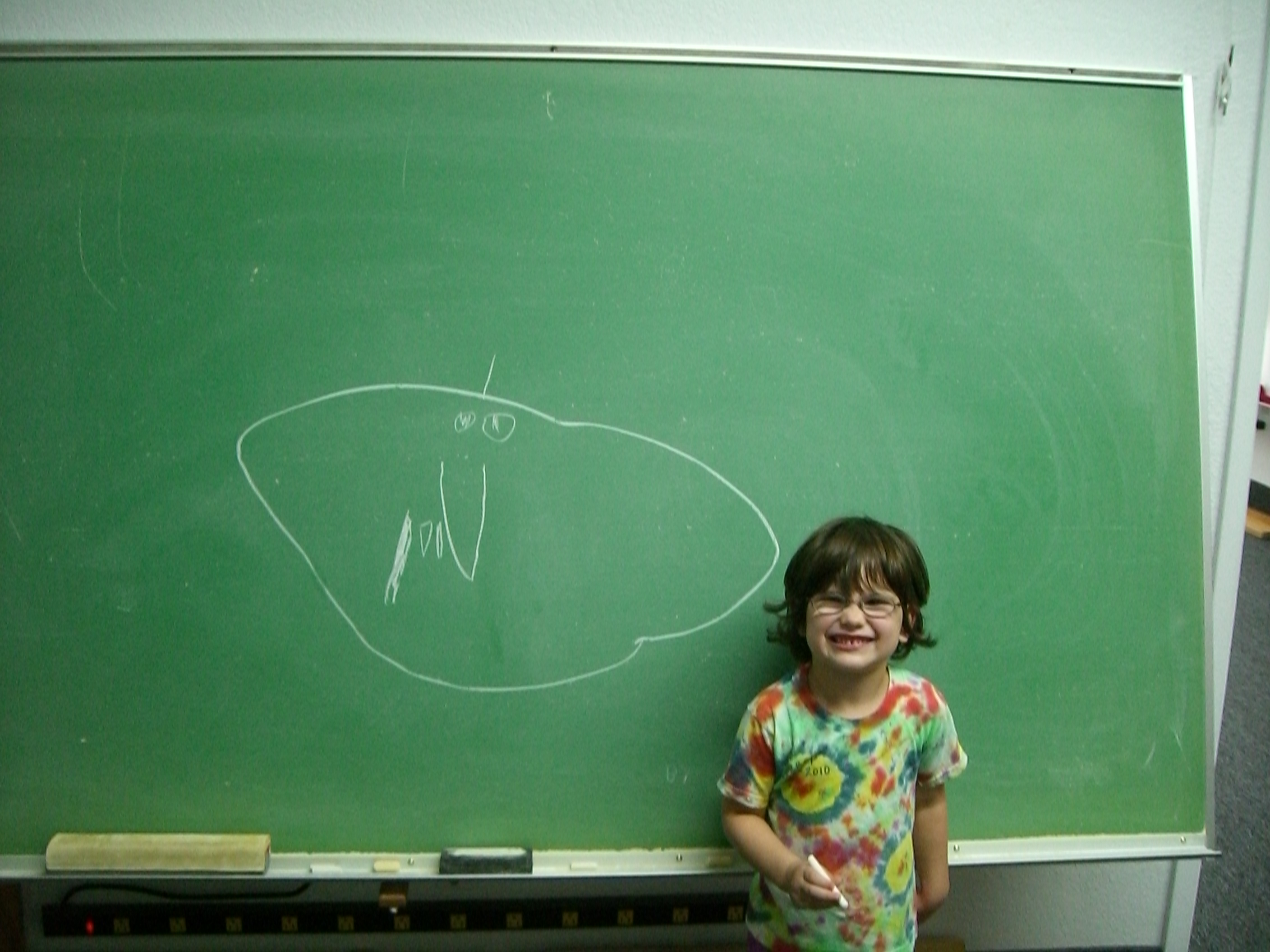|
|
Vision and Learning

Amblyopia
Strabismus
Vision Therapy
Brain Injury/Post Stroke
Children's Vision Exam
The Visual Process
Glasses
Contact Lenses
Hours and Locations
Have an Exam?
Fill out the:
Patient History Form
Photo Gallery
|
|
Vision and Learning
People think 20/20 is enough. But many people with 20/20 eye sight suffer from visual dysfunctions that can impact reading and learning. Some of the behavioral symptoms we see in school age kids are the result of poor visual skills. In fact the check list for ADD and ADHD look very similar to the visual dysfunction checklist.
Majority of learning involves the use of vision. Imagine a child that cannot team his eyes together to see single and clear, how is he supposed to concentrate on his book. What about a kid that has amblyopia, one eye does not see as well as the other, how is he suppose to deal with competing images while he is trying to read. And what about the child that has trouble changing his focus from seeing distance to near, how is he supposed to copy from the board. A person after a car accident appears to be doing well, but he can't deal with the lighting and visual overload in a grocery store, this is a subtle but crippling dysfunction.
These visual dysfunctions can be improved through lenses and vision therapy. Our doctors and vision therapists routinely help patients with reading and learning difficulties, amblyopia, strabismus, traumatic brain injury, post stroke, visual strain, focusing and eye teaming problems, and special needs.
|
|
|
|
| 
| 1 in 4 children struggle with reading because of undiagnosed vision problems.
They lack adequate visual skills needed for close up work during reading, writing, and computer tasks. Often, we attribute children’s symptoms to problems such as ADHD or learning disabilities, when the source of their problems in the classroom is undiagnosed visual problems.
|
|
|
|
| 80% of learning takes place through vision
The whole brain is involved with vision and integrated with all other senses. Two thirds of our brain pathways is taken up by vision. A few of the visual skills that can impact learning includes eye tracking, focusing, eye teaming, depth perception, eye-hand-body coordination, visual memory, and visual form perception.
|
| 
|
|
| 
| 60% of students identified as learning disabled have undetected visual problems
Your child can only learn properly if he can move his eyes along the lines of a book efficiently, switch from far to near vision quickly and accurately, sustain clarity on targets at different distances such as copying from the board, team the eyes to see single when reading with minimal effort, integrate what they see and what they write, visually discriminate objects, and successfully perform some other visual tasks. If your child cannot do these visual tasks efficiently, a bright child can easily be mislabeled learning disabled.
|
|
|
| Symptoms of poor visual performance
- Blurred Vision distance or near
- Rubs eyes frequently
- Squints
- Closes or covers one eye
- Occasionally sees double
- Able to read only for a short time
- Holds things very close or very far
- Poor reading comprehension
- Frequent headaches or eye strain
- Sloppy handwriting
- Poor/no spacing when writing
- Trouble learning right and left
- Reverses letters and numbers
- Poor judgement of depth
- Difficulty changing focus far and near
|
- Moves head a lot when reading
- Frequently loses place when reading
- Skips lines when reading
- Uses finger to keep place
- Short attention span
- Mistakes words with similar beginnings
- Difficulty recognizing letters,words,shapes
- Trouble with basic math concepts
- Poor speller
- Can respond orally but not in writing
- Poor copying skills
- Turning of an eye in or out
- Covers or closes one eye
- Dizziness or motion sickness
- Poor posture when reading or writing
|
| 
|
|
|
|

